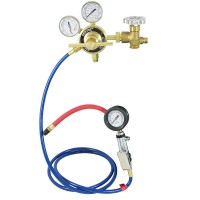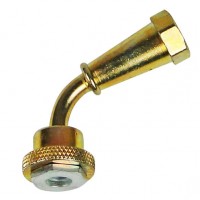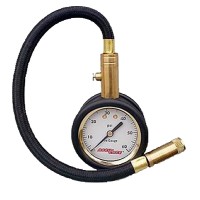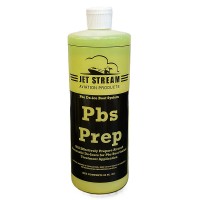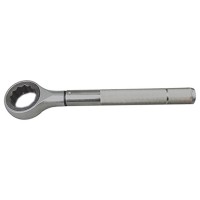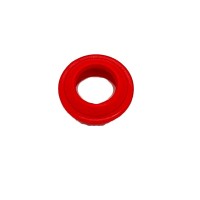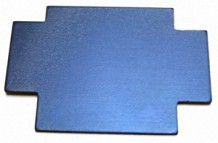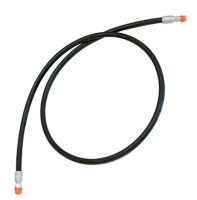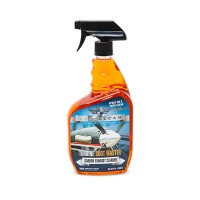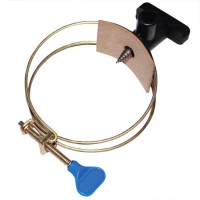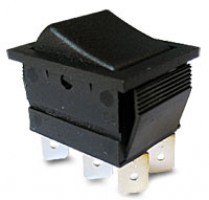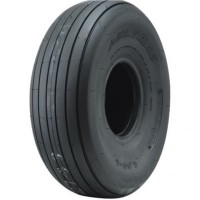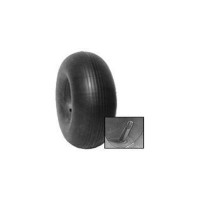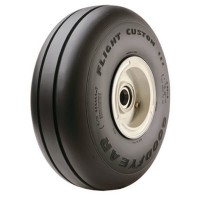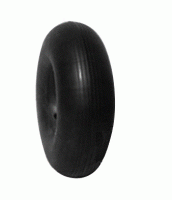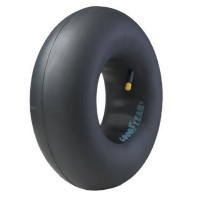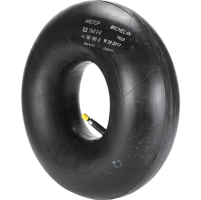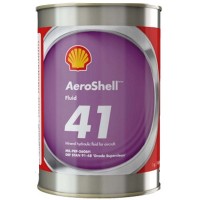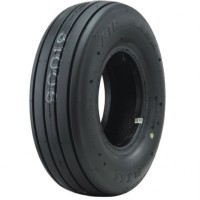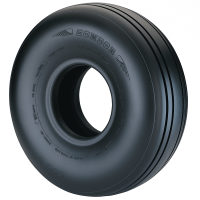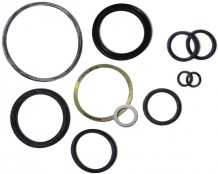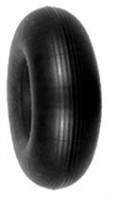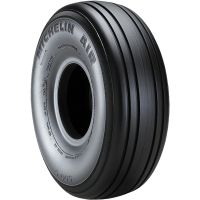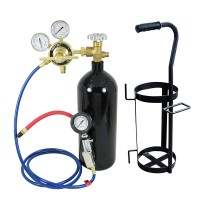Nitrogen Tire Inflation System - 20Cu
MFR Model# GKNT20-TC
Overview
|
Note: Per vendor, the included CGA580 tank is DOT & TC Approved. NOT FOR STRUT USE GENTECŪ Nitrogen aircraft tire inflation systems allow for easy, cost effective filling of General Aviation aircraft tires with pure Nitrogen.
|
WARNING: Cancer and Reproductive Harm - www.P65Warnings.ca.gov. |
In The Box
- Blow gun hose 6'
- Tire inflation gauge
- Whip end hose 12"
- Single stage regulator
- Cylinder nitrogen 20 Cu Ft
- CYL for 20 Cu Ft nitrogen tank
- Manual
Reviews
Nitrogen Tire Inflat/Sys 20Cu
The product work great as I can now fill my tires with nitrogen when they get low with out going to a tire shop. I give five star rating.
Nitrogen Tire Inflat/Sys 20Cu
Very good, gauges working fine.
Bottle was not new. But it didnt matter as the Airgas supplier swaps the bottle anyway. Might have been cheaper to just buy valves and components from them. Still everything worked well and the gauges were cross checked and were accurate.
Q&A
Please note, Aircraft Spruce ®'s personnel are not certified aircraft mechanics and can only provide general support and ideas, which should not be relied upon or implemented in lieu of consulting an A&P or other qualified technician. Aircraft Spruce ® assumes no responsibility or liability for any issue or problem which may arise from any repair, modification or other work done from this knowledge base. Any product eligibility information provided here is based on general application guides and we recommend always referring to your specific aircraft parts manual, the parts manufacturer or consulting with a qualified mechanic.
Contents of the Accessory Kit (12-01588): Pressure Regulator, Tire fill with resetable pressure gauge, Six (6') high pressure hose.
Per the supplier, the max working pressure is 160 psi.
Here are the contents of the part # 12-01586: blow gun hose 6', tire inflation gauge, whip end hose 12", single stage regulator, cylinder nitrogen 20 Cu Ft, CYL for 20 Cu Ft nitrogen tank, manual.
The tank ships empty.
They are shipped empty. You would need to have the tank filled once you receive it.
Yes, the tank is included however it ships empty so it will not to be filled before use.
No per the vendor this cannot be used to fill struts.


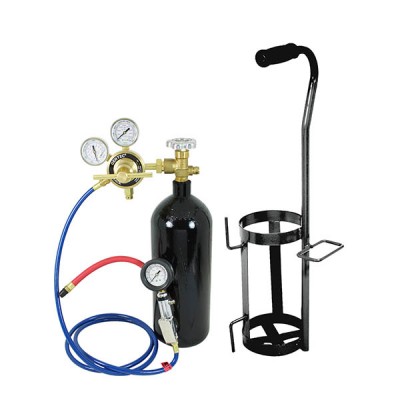





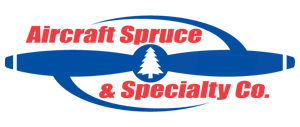 FREE Shipping
FREE Shipping
